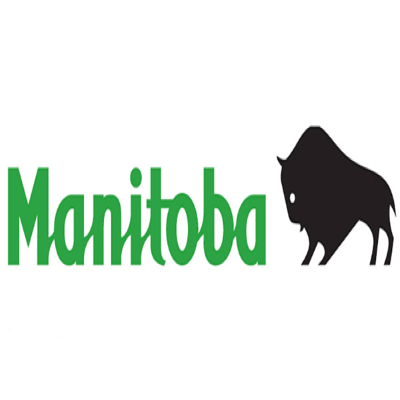2020
Type of resources
Topics
Keywords
Contact for the resource
Provided by
Formats
Representation types
Update frequencies
status
-

Canadas Managed Forests 2020 Vector Tile Layer
-

Forest Management in Canada Web App: 2017 and 2020 (French)
-

Map of Canada's Managed Forests in 2020
-

This layer of information shows all the summer trails offered in establishments managed by Sépaq.**This third party metadata element was translated using an automated translation tool (Amazon Translate).**
-

This layer of information shows all the winter trails offered in establishments managed by Sépaq.**This third party metadata element was translated using an automated translation tool (Amazon Translate).**
-

Canadian forest management has multiple goals and varies in intensity. Governments, forest companies, Indigenous peoples, communities, and many other stakeholders are all involved in the forest management planning process. Management goals and the plans developed by professional foresters to achieve these goals differ from place to place. Canadian forests are often grouped into two categories: managed forest and unmanaged forest. This type of classification is sometimes useful, but the reality is much more complex and interesting. This interactive story map provides information on designations, ownership, forest tenures, and land protection statuses, and provides a comprehensive picture of the geography of Canada's managed forests. It has been updated from an earlier version to show land designations in 2020. **This third party metadata element was translated using an automated translation tool (Amazon Translate).**
-

Canada’s forests are managed for multiple objectives with varying degrees of management intensity. Governments, forest companies, Indigenous Peoples, communities and stakeholders are all engaged in the forest management planning process. Management objectives and the plans developed by professional foresters to achieve those objectives differ from place to place. People often group Canada’s forests into two categories: the managed forest and the unmanaged forest. Sometimes this type of classification is helpful, but the reality is far more complex and interesting. This interactive Story Map presents information on land designations, ownerships, tenures and protection statuses to provide a comprehensive picture of the geography of forest management in Canada. This story map has been updated from an earlier 2017 version to show land designations in 2020.
-

Statistics on changes in forest management in Canada in 2017 and 2020. This page provides statistics on forest management in Canada in 2017 and 2020 and is part of the Story Map of Forest Management in Canada, 2020. **This third party metadata element was translated using an automated translation tool (Amazon Translate).**
-

Tile layer of restricted, managed forest code 33 used in the Forest Management in Canada, 2020 story map. Tile layer of Restricted (managed forest code 33) areas identified using provincial and territorial datasets. The Restricted tile layer is used in the Restricted Map 2020 (Managed Forest Code 33) that forms part of the Story Map of Forest Management in Canada, 2020 (Aménagement des forêts au Canada, 2020).
-

Forest Management in Canada 2020 web scene application Web Scene App: Canada's Managed Forests 2020Application Scène Web : Les forêts aménagées du Canada 2020 This web scene application is used in the Story Map of Forest Management in Canada, 2020. Cette application de scène Web est utilisée dans la Aménagement des forêts au Canada, 2020. The Map of Forest Management in Canada provides a wall-to-wall classification of lands in Canada in 2020. It does not differentiate areas of forest from non-forest. The Map of Forest Management in Canada differs from maps defining the area designated as “managed forest” for greenhouse gas inventory reporting purposes and does not replace those maps. Instead, the Map of Forest Management in Canada shows areas that are currently managed, and provides generalized management type classification for those areas. Collaborating agencies plan to update the dataset periodically as needed, and remain open to receiving advice from experts concerning refinement priorities for future versions. The following forest management classification codes are present in this application:Water (Managed Forest Code 100) Protected (Managed Forest Code 20) Treaty/Settlement (Managed Forest Code 40) Federal Reserve (Managed Forest Code 31) Indian Reserve (Managed Forest Code 32) Restricted (Managed Forest Code 33) Private (Managed Forest Code 50) Long-Term Tenure (Managed Forest Code 11) Short-Term Tenure (Managed Forest Code 12) Other (Managed Forest Code 13)
 Arctic SDI catalogue
Arctic SDI catalogue